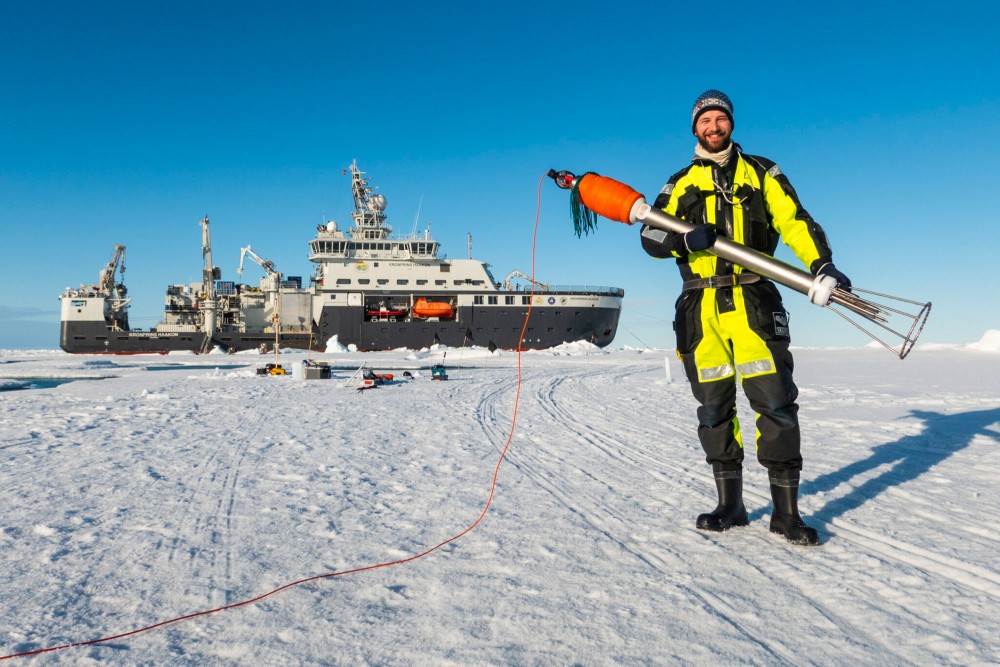- Messages
- 29,693
- Reaction score
- 5,178
- Points
- 288
Sustainable development of the Arctic Ocean
The Arctic Ocean is becoming more accessible as the sea ice retreats. Expectations of increased human activity in the central ocean basins create the need for an updated approach to governance based on an improved understanding of the ecosystem and its response to the changing environment.By: Paul Dodd and Agneta Fransson // Norwegian Polar Institute, Lis Jørgensen and Anne-Britt Sandø // Institute of Marine Research, Maaike Knol-Kauffman, Jack Landy, Jan Jakub Solski and Vito De Lucia // UiT The Arctic University of Norway, Eva Leu // Akvaplan-niva, Janne Søreide // University Centre in Svalbard, Keguang Wang // Norwegian Meteorological Institute
SUDARCO, a new Fram Centre research programme to provide the knowledge needed for the Sustainable Development of the Arctic Ocean, began this year with a focus on the little-explored southwestern parts of the Nansen and Amundsen Basins. These basins are largely beyond national jurisdiction yet make up a substantial part of the large Central Arctic marine ecosystem.
SUDARCO will assess:
- How accessible are the different parts of the area today and how will this change?
- What is valuable and what is vulnerable in this area?
- What regulation exists in the area today; will it be adequate in the future, and how can it be changed?
More:

Sustainable development of the Arctic Ocean
The Arctic Ocean is becoming more accessible as the sea ice retreats. Expectations of increased human activity in the central ocean basins create the need for an updated approach to governance based on an improved understanding of the ecosystem and its response to the changing environment.
